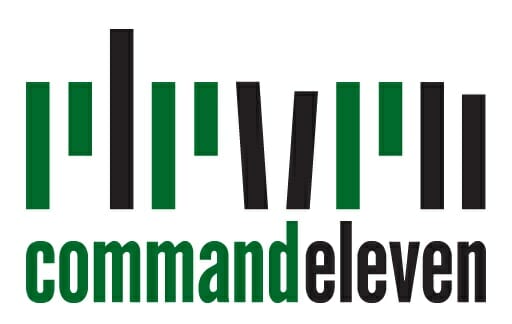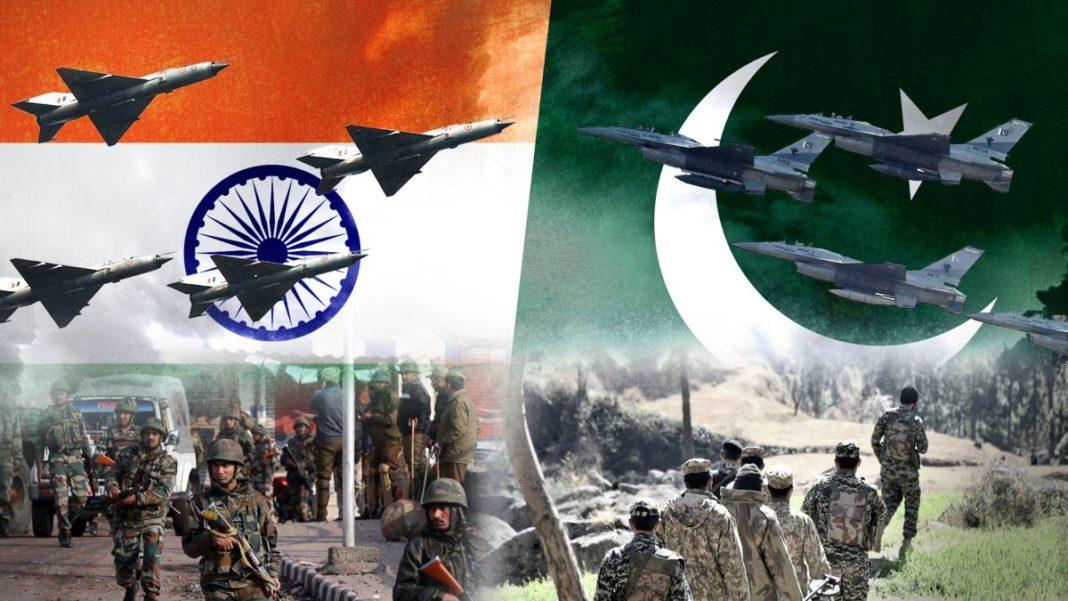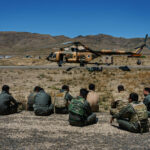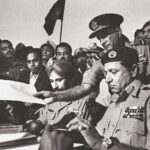PREFACE
For quite some time, a debate has been going on worldwide that, given Pakistan’s conventional military weakness in the face of a sudden Indian offensive under the Cold War doctrine, Pakistan will retaliate by using tactical nuclear weapons (TNWs) early in the conflict. This will be followed by a massive nuclear response by India, resulting in a Mutual Hara-Kiri- a suicide by both the belligerents, since Pakistan has also completed its nuclear triad. What are the ground realities?
Two important developments have taken place in the recent past:
- After establishing the infrastructure on the ground, completing the peacetime relocation of their field formations along the western border, and raising the launching platforms, Indians have started creating ambiguity about their Cold Start doctrine. They sometimes say that it is not an official military doctrine, while at other times maintaining that it is very much part of their war planning.
- Indian defence analysts have started raising doubts on its officially declared nuclear doctrine which professes a “No first use” policy. They maintain that this doctrine lacks flexibility and must be reversed to counter the Pakistani nuclear threat.
Shivshankar Menon, India’s former National Security Adviser, in his book “Choices: Inside the making of Indian foreign policy”, reveals that , in response to Pakistan using TNVs in a future conflict, India’s massive response will target Pakistan’s nuclear arsenal, leaving the adversary with a greatly diminished capability of striking back at India.
India’s problem lies with Pakistan’s Full Spectrum Deterrence (FSD) doctrine. The major reason for Indian opposition to Pakistan’s nuclear programme was to deny the latter the option to counter Indian nuclear blackmail and enable India to slap a Pax Indica on the Sub-continent. Since 1998 when Pakistan became a declared nuclear power, India had been frantically trying to find the gap in Pakistan’s defence posture and exploit it with its superior conventional forces.
Such a gap was perceived by the Indians at the tactical level, which, they thought, could be breached through a low intensity, rapid advance into enemy territory with mechanized forces supported by the IAF. Hence the Cold Start doctrine which called for a quick punitive operation through a shallow penetration inside the enemy territory in response to enemy crossing a declared red line, causing destruction to enemy’s men and material, followed by a swift withdrawal, thus denying the enemy time and excuse to retaliate.
Apparently, it is a reactive doctrine and not one of pre-emption. However, like the 1971 War, it aims at creating conditions where Pakistan would be channeled into a situation to be used as an excuse for a military action. Pakistan responded to the challenge by developing tactical nuclear weapons (TNWs). This is the reason India has second thoughts about the Cold Start doctrine and feels insecure with its policy of “No first use” of nuclear weapons. It is trying to put pressure on Pakistan through the United States either to abandon the FSD altogether or curtail its nuclear arsenal.
The entire debate revolves around bypassing Pakistan’s nuclear deterrence regime and striking it in a region where it is weakest- the conventional asymmetry. Let us investigate this myth. For the purpose of comparison, we will consider only those forces which will play a decisive offensive role in a future war, i.e., armoured and mechanized formations, combat aviation, parachute forces, air forces, and navies.
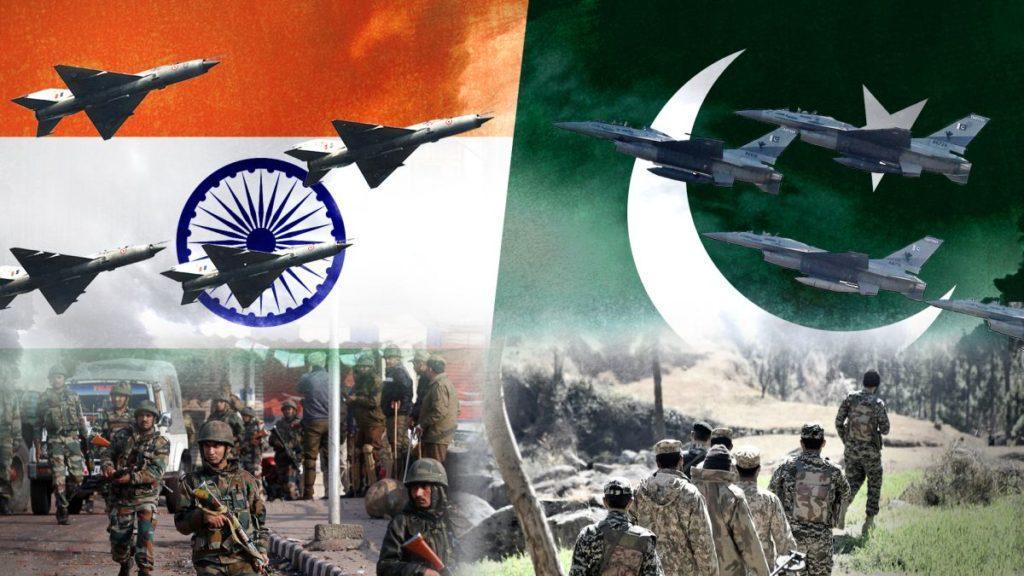
India vs. Pakistan – Military Comparison
The writer is a retired Army officer. Writes on issues related to national and International affairs, important events from military history, and military technology. Considers writing as an instrument to calibrate his mind.

